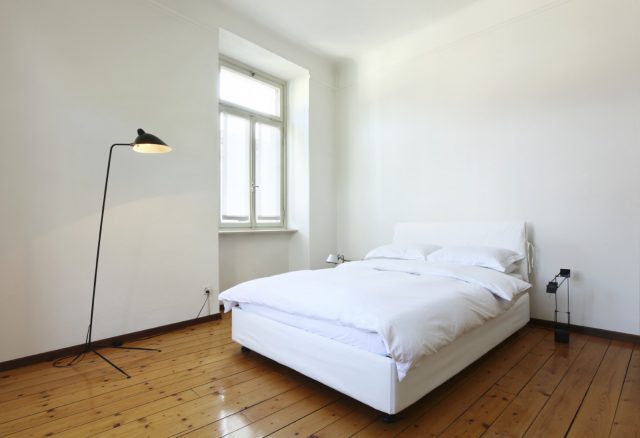Tenants could pay more if told they can decorate
Tenants could be willing to pay more if they are allowed to decorate their rental accommodation, according to a new report.
Research from insurance provider Endsleigh found that on average, tenants would be happy to fork out an extra £149.52 a year, if landlords gave them the green light to personalise their home.
Increased revenue
At present, two million landlords let out five million homes in Britain. Endsleigh calculates that there is potentially an extra £530m in revenue to be had for landlords who promote the fact they are happy for tenants to decorate their property.
43% of tenants were found to be willing to pay more rent, with only 29% of those surveyed saying they had the freedom to decorate their home. It also showed that 20% said they would be very reluctant to invite friends or relatives into their property due to being embarrassed about the décor.
19% expressed a desire to paint the walls the colour of their choice, while 17% wanted to hang pictures or mirrors up. 10% said they wished to put wallpaper up in their rental property. In addition, the research revealed that 9% of tenants questioned wish to use blu-tack to put things up, with another 9% wishing to mount a television onto the wall.
Reluctance
However, many tenants are reluctant to ask their landlord for permission to go ahead with interior alterations. Just 28% said that they would ask for the go ahead to decorate. Encouragingly, of those that did ask, 76% said that their landlord agreed to the request, despite it going against the terms of their tenancy agreement.
David Hadden, manager for landlords and lettings at Endsleigh, noted, ‘with it being so difficult to get on to the property ladder, people are now renting for longer, so naturally they are going to want to decorate the property they are living in long term.’[1]
‘Landlords who allow tenants to personalise their property could be favoured over those who don’t and may be able to command a higher rental price. If tenants feel at home in their property they may also have longer tenancies,’ he added.[1]
[1] http://www.propertywire.com/news/europe/uk-tenants-landlords-decor-2015111811218.html





